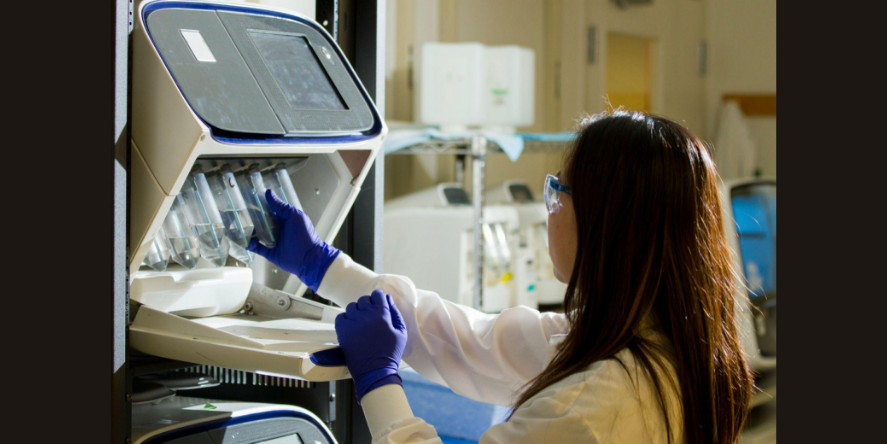Do you seek credible information on seamless medical device integration or medical implementation for a state-of-the-art monitoring system, a groundbreaking diagnostic tool, or a revolutionary treatment device? If you do, you will find here the key mistakes to avoid during medical device integration to significantly enhance patient care, streamline workflows, and improve the overall efficiency of a new healthcare device (according to the Topflight experience).
What Are Medical Devices Integration Pitfalls?
Incorporating new medical devices into existing systems and workflows can be challenging for healthcare organizations, and this is referred to as medical device software integration pitfalls. These challenges include compatibility and data security issues, workflow disruptions, and user resistance.
As a result, healthcare organizations must understand these challenges to avoid mistakes and mitigate risks, ensuring the seamless integration of new healthcare technology. Below are some of the common challenges faced and widespread mistakes to avoid when integrating a new healthcare device:
Common Challenges Faced During Integration
- Compatibility Issues: Compatibility issues between new devices and existing IT infrastructure are the most common pitfalls in integration. This can involve challenges related to hardware and software compatibility, as well as data formats and protocols.
- Data Security Concerns: When integrating new devices into their systems, healthcare organizations must prioritize data security because failure to implement robust cybersecurity measures puts sensitive patient information at risk of unauthorized access and potential breaches.
- Workflow Disruptions: Introducing a new healthcare device can disrupt established workflows and processes within a healthcare organization. So, without proper planning and preparation, inefficient workflows and resistance from healthcare staff can occur.
- Lack of Interoperability: Interoperability refers to the ability of different systems and devices to exchange and use data seamlessly. A lack of interoperability between new and existing devices can hinder data sharing and collaboration among healthcare providers.
- User Resistance: Healthcare professionals may resist adopting new devices due to concerns about usability, workflow changes, or perceived benefits. However, effective communication, training, and support are necessary throughout the integration process to overcome user resistance.
Key Mistakes to Avoid
Inadequate Planning and Assessment: To avoid future medical device software integration challenges, a thorough pre-implementation assessment of existing infrastructure and stakeholder needs is important. Therefore, healthcare organizations must involve key stakeholders early and develop an all-inclusive plan to integrate new devices successfully.
Ignoring Interoperability Requirements: Interoperability requirements must not be ignored. Otherwise, siloed data and fragmented workflows can limit the new device’s effectiveness. To maximize the benefits, healthcare organizations should prioritize devices that adhere to industry standards and seamlessly integrate with existing systems.
Neglecting Cybersecurity Measures: Cybersecurity measures must also not be neglected, as healthcare organizations can be exposed to significant risks, including data breaches and compliance violations. Consequently, it is better to implement encryption, access controls, and regular security updates before medical device data integration to protect sensitive patient information.
Underestimating Training and Support Needs: To prevent user frustration and resistance, healthcare staff’s training and support needs should not be underestimated. In response, healthcare providers must provide comprehensive training programs and ongoing technical support to ensure the successful adoption and utilization of new healthcare devices.

Best Practices for Successful Integration
Firstly, conduct a thorough pre-implementation assessment. Before deploying a new device, it is important to evaluate the organization’s current IT infrastructure, workflows, and stakeholders’ needs. Early engagement with key stakeholders will help ensure their approval and backing for the new technology.
Then, try to prioritize interoperability and standards compliance. Devices should be compatible with existing systems and adhere to industry standards for interoperability to allow seamless data exchange and collaboration across various healthcare settings.
Implementing robust cybersecurity measures is a critical consideration today. To safeguard patient data, encryption, access controls, and regular security updates are essential. It is also vital to educate staff on cybersecurity best practices and provide ongoing training to reduce the risk of data breaches.
Provide comprehensive training and support. Investing in training programs to familiarize healthcare staff with the new device and its features is a good idea. In addition, establishing a helpdesk or support team to manage technical issues and provide assistance as needed can be very helpful.
Summary
The success of medical device integration is essential for improving patient care, enhancing workflow efficiency, and driving innovation in healthcare delivery. In light of this, healthcare organizations can maximize the benefits of new technology by understanding common integration pitfalls and avoiding key mistakes while mitigating risks and challenges. Therefore, healthcare organizations can ensure successful medical device software integration for new healthcare devices through careful planning, adherence to best practices, and ongoing staff support.
Blog received on mail










